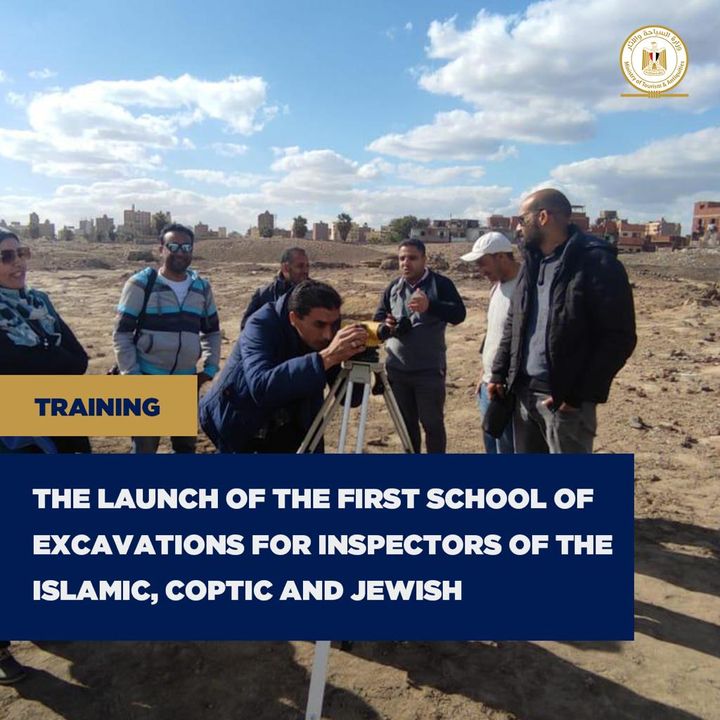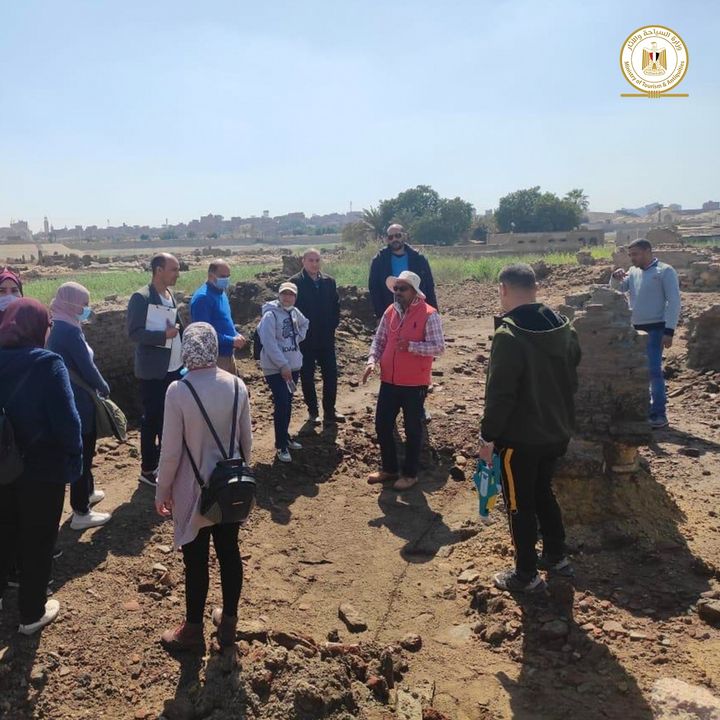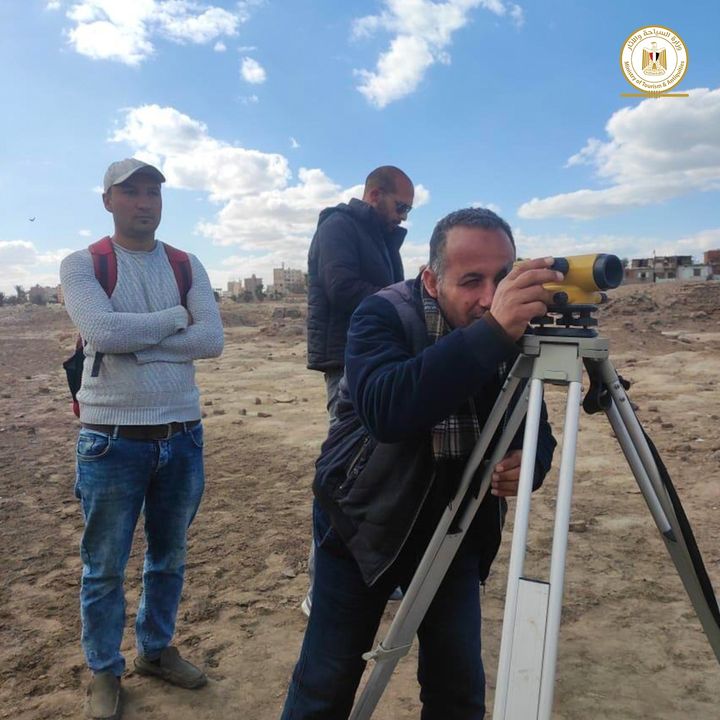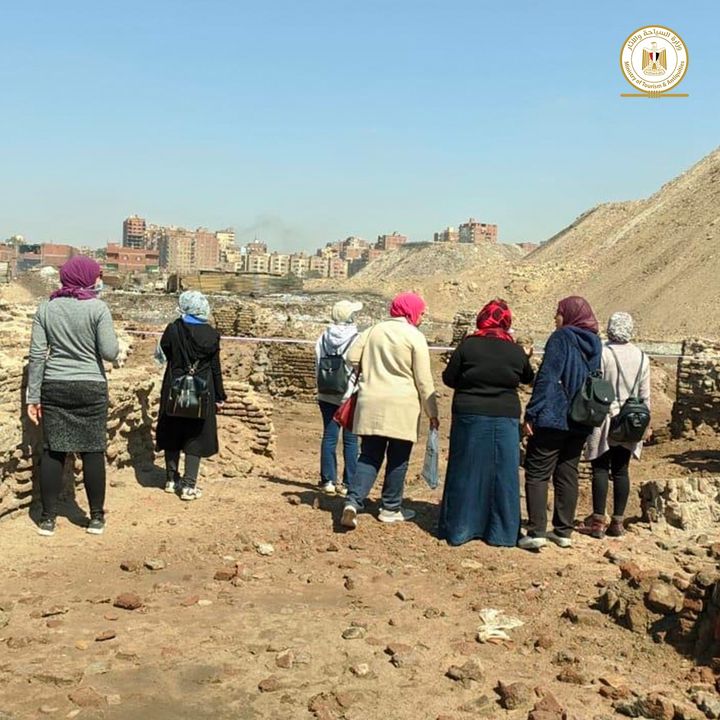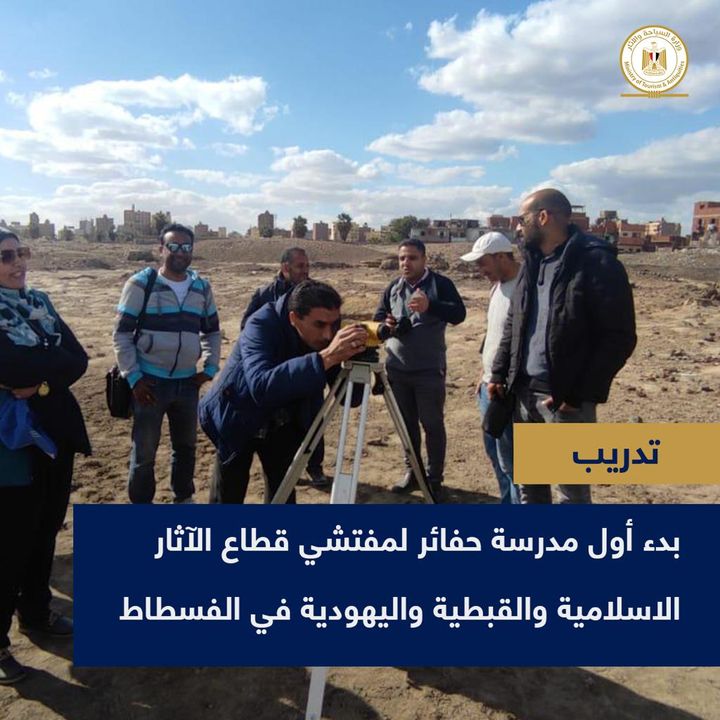قامت وزارة السياحة والآثار ممثلة في وحدة التدريب المركزي بالتعاون مع قطاع الآثار الإسلامية والقبطية واليهودية ببدء أول مدرسه حفائر تستهدف مفتشي الآثار الاسلامية والقبطية واليهودية والتي تعقد لأول مرة في مدينة الفسطاط الأثرية.
وتهدف هذه الدورة التدريبية التي تستمر لمدة شهر متواصل في ثقل المهارات العملية لمفتشي الاثار الاسلامية والقبطية واليهودية علي اعمال الحفائر الأثرية والرفع المساحي والتوثيق أثناء أعمال الحفائر والتعرف علي المواد والقطع الأثرية من خلال العمل في أحد أهم المواقع الأثرية الإسلامية داخل القاهرة والتي يقوم بها متخصصي من مركز تدريب القاهرة و الجيزة التابع لوحدة التدريب المركزي من خلال تدريب عدد خسمة وعشرون من اثريي القطاع.
ومدينة الفسطاط الاثرية التي تقع في قلب القاهرة الاثرية والمجاورة لمجمع الأديان بمصر القديمة هي أول عاصمة لمصر عقب الفتح الاسلامي والتي بناها عمرو بن العاص عام 641 م وتقع حاليا متاخمة لحصن بابليون وخلف جامعه الذي بناها في ذلك الوقت ليكون مقر الحكم و الإمارة وقلب المدينة الجديدة الي الطرف الشمالي الشرقي من النيل
The launch of the first school of excavations for inspectors of the Islamic, Coptic and Jewish antiquities sector in Fustat
The Ministry of Tourism and Antiquities, represented by the Central Training Unit, in cooperation with the Islamic, Coptic and Jewish Antiquities Sector, launched the first school of excavations targeting Islamic, Coptic and Jewish antiquities inspectors, which will be held for the first time in Fustat.
This training course, which lasts for a month, aims to accentuate the practical skills of the inspectors of Islamic, Coptic and Jewish antiquities on the work of archaeological excavations, surveying and documentation during the work to identify materials and artifacts in one of the most important Islamic archaeological sites in Cairo, which are carried out by specialists from the Center Training in Cairo and Giza of the Central Training Unit, by training 25 workers from the sector.
The ancient city of Fustat, which is located in the heart of ancient Cairo and adjacent to the Religious Complex in Old Cairo, which is the first capital of Egypt after the Islamic conquest, which was built by Amr Ibn Al-Aas in 641 AD and is currently located adjacent to the Babylon Fortress and behind the university that he built at the time to be the seat of government, the emirate and the heart of the new city to the the northeastern tip of the Nile.
Ministry of Tourism and Antiquities وزارة السياحة والآثار
